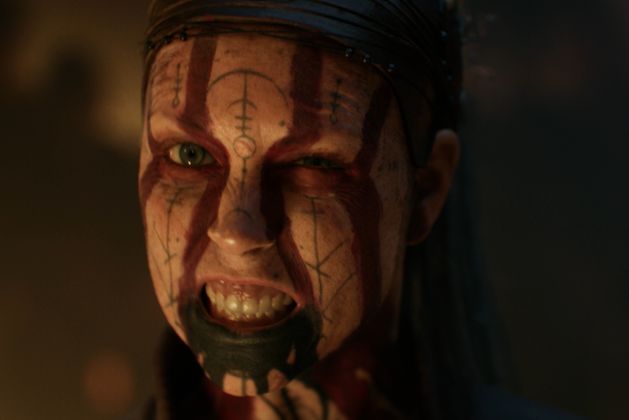Tech
Senua’s Saga, Hellblade II review: Psychiatry with a sword in an astounding setting

Crafted with staggering technical skill, this sequel picks up the story of a 10th-century quest for revenge immediately after its apparent resolution in the original game. Having vanquished her foe, now Senua wants to pursue the slavers who killed her lover but ends up shipwrecked and alone on a storm-tossed Icelandic shore.
Alone, that is, but for the bickering voices in her head that torment, cajole and advise her. Hellblade II recycles several tropes from its predecessor but none is more important than these representations of her trauma, which can be traced to an abusive relationship with her late father. Senua calls them the Furies, a pair of duelling entities who act as a Greek chorus to her quest.
Ninja Theory advises the player wears headphones, the better to appreciate the swirling chaos in Senua’s skull as she contends with her internal conflict as well as external foes – even though they may be the same thing.
The Furies’ contributions range from simple observation (“Do you see that path over there?”) to panicked (“Run, RUN!”) to outright terror (“Death awaits you!”). But even their unsettling interjections pale beside the occasional chilling messages from a voice that seems to belong to Senua’s father.
The Furies are a devastatingly effective tool in the developers’ armoury, potently rendered by voice actors Abby Greenland and Helen Golan. However, it’s a measure of Hellblade II’s quality that they are topped by the central role of actor Melina Juergens as Senua. She will surely win another Bafta – and other gongs – for the intensity of her portrait of a mind at war with itself.
The extreme close-ups of her face convey the anguish that roils her mental state, a performance that reminded me of Renée Jeanne Falconetti in the magnificent silent-era film The Passion of Joan of Arc. Yet almost as much credit for that goes to the gifted developers at Ninja Theory, who have built the most astonishing-looking console game of this or any generation.
It’s mesmerising to watch individual rivulets of water stream down Senua’s face as she struggles to comprehend her situation. This version of Iceland contains some of the most beautiful rocks (rocks!) you’ve even seen, not to mention breathtaking landscapes, plants and sunsets.
Having lionised at length the superb audio and graphics departments at Ninja Theory, we’ve got this far without mentioning the gameplay for a reason. It’s where Hellblade II starts to wobble.
You can’t be blamed for being dazzled by the audio-visual tour de force throughout the game but you will feel shortchanged at how little input is required of you. Hellblade II resembles a walking simulator for much of its run time – and that is not intended as an insult. But long sequences of exposition, actions and plot development unfold with barely a nudge on the controller – the developers using smoke and mirrors to imply you have agency in many sections.
At least the infrequent combat has a visceral connection to your actions, built on a vigorous system of dodging and counter-attacks. But even that has its limits due to repetition of enemies and a special move that functions akin to an unblockable one-shot kill once you’ve filled its meter.
None of this is to discourage you from playing Hellblade II but you do need to check your expectations. Senua’s journey roams across territory encompassing horror, pathos and spectacle while incorporating modestly engaging puzzles and combat.
Yet it’s the sheer force of the lead actors’ performances that will lead you through a somewhat laboured tale of a hero whose mental strife overshadows the challenge of her adversaries.










